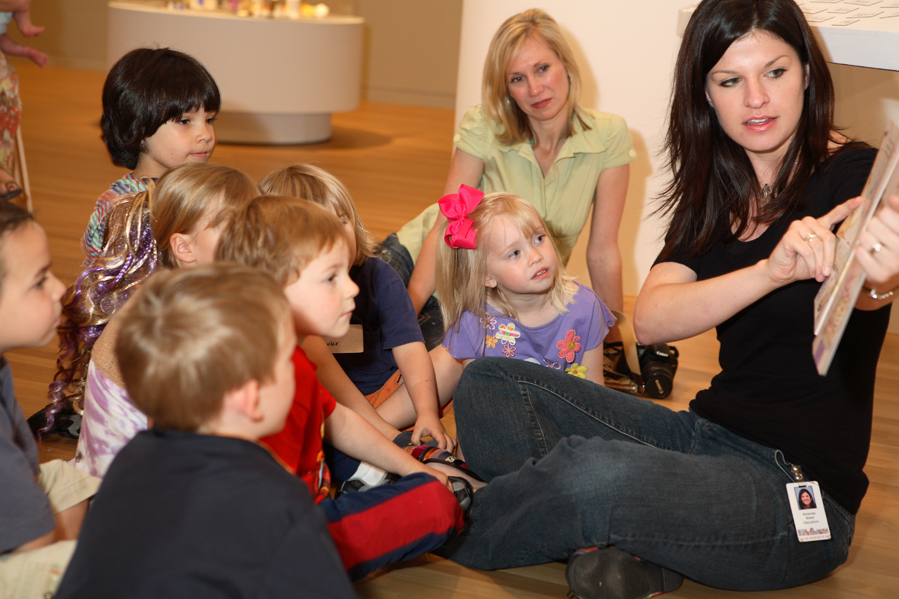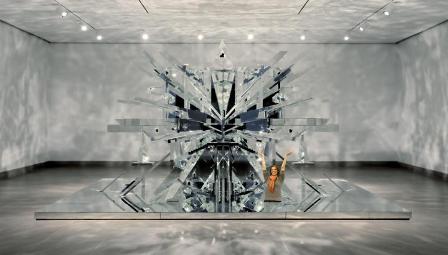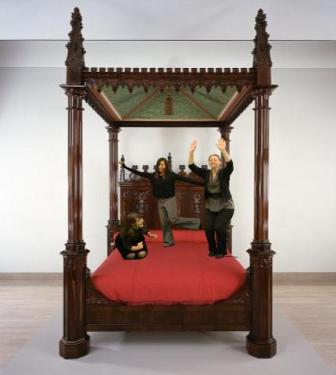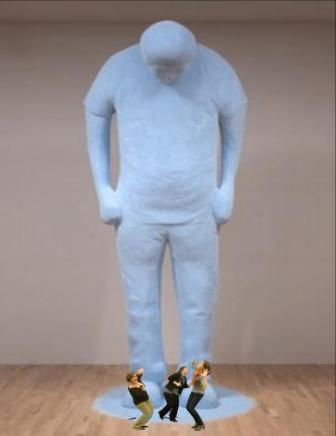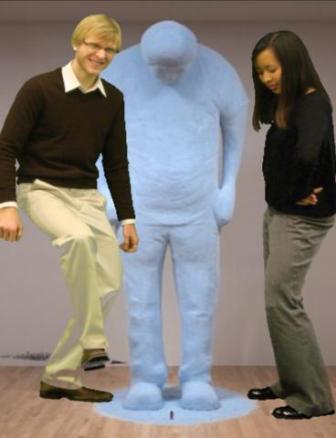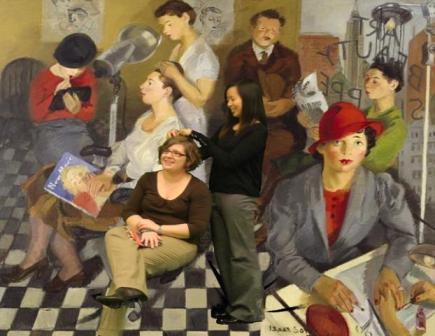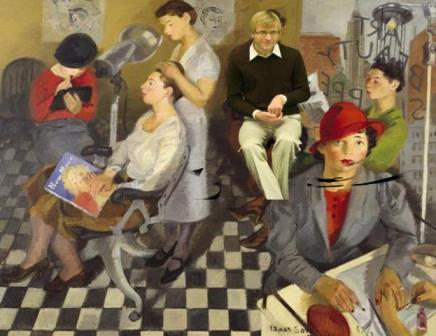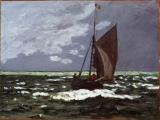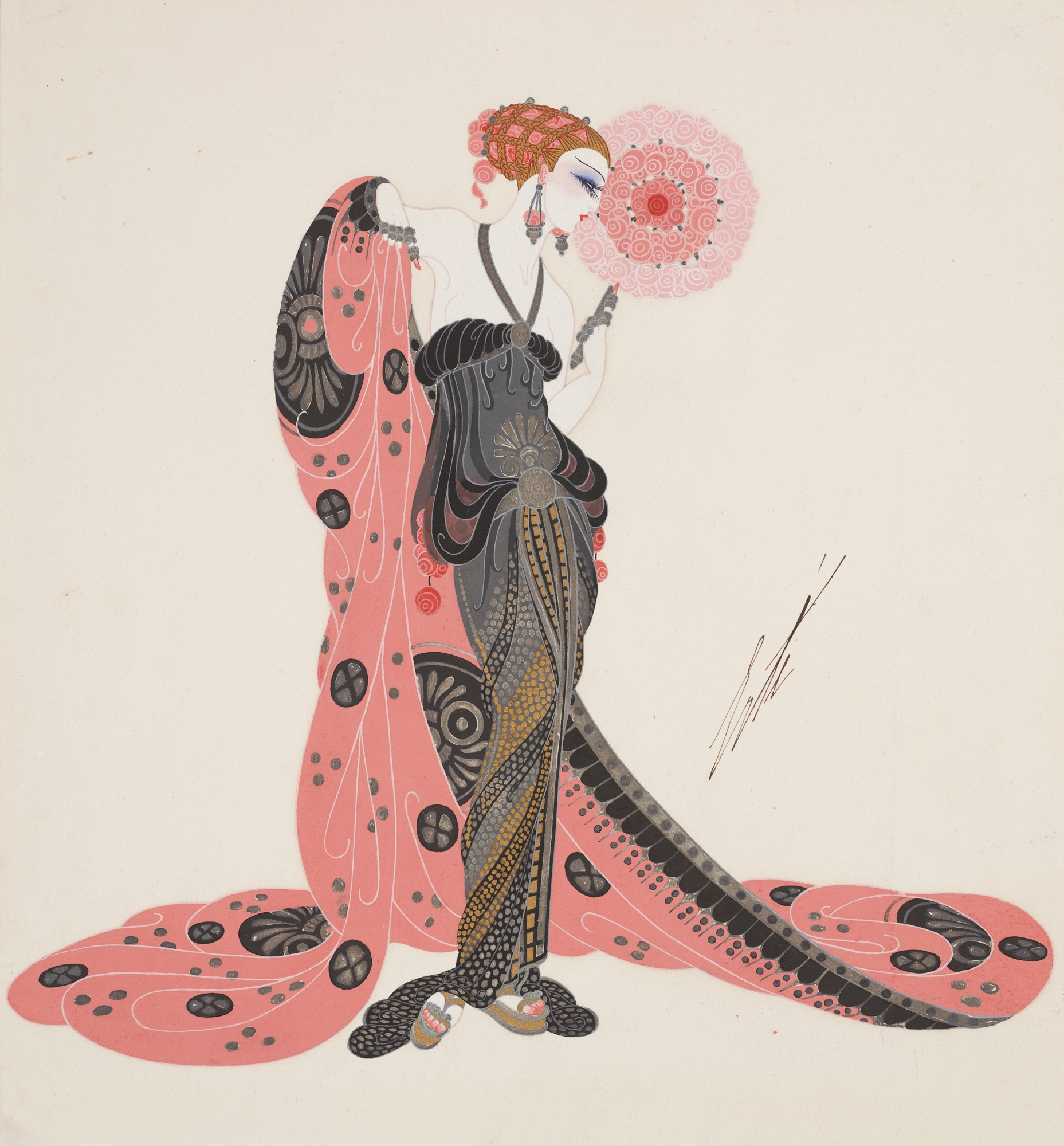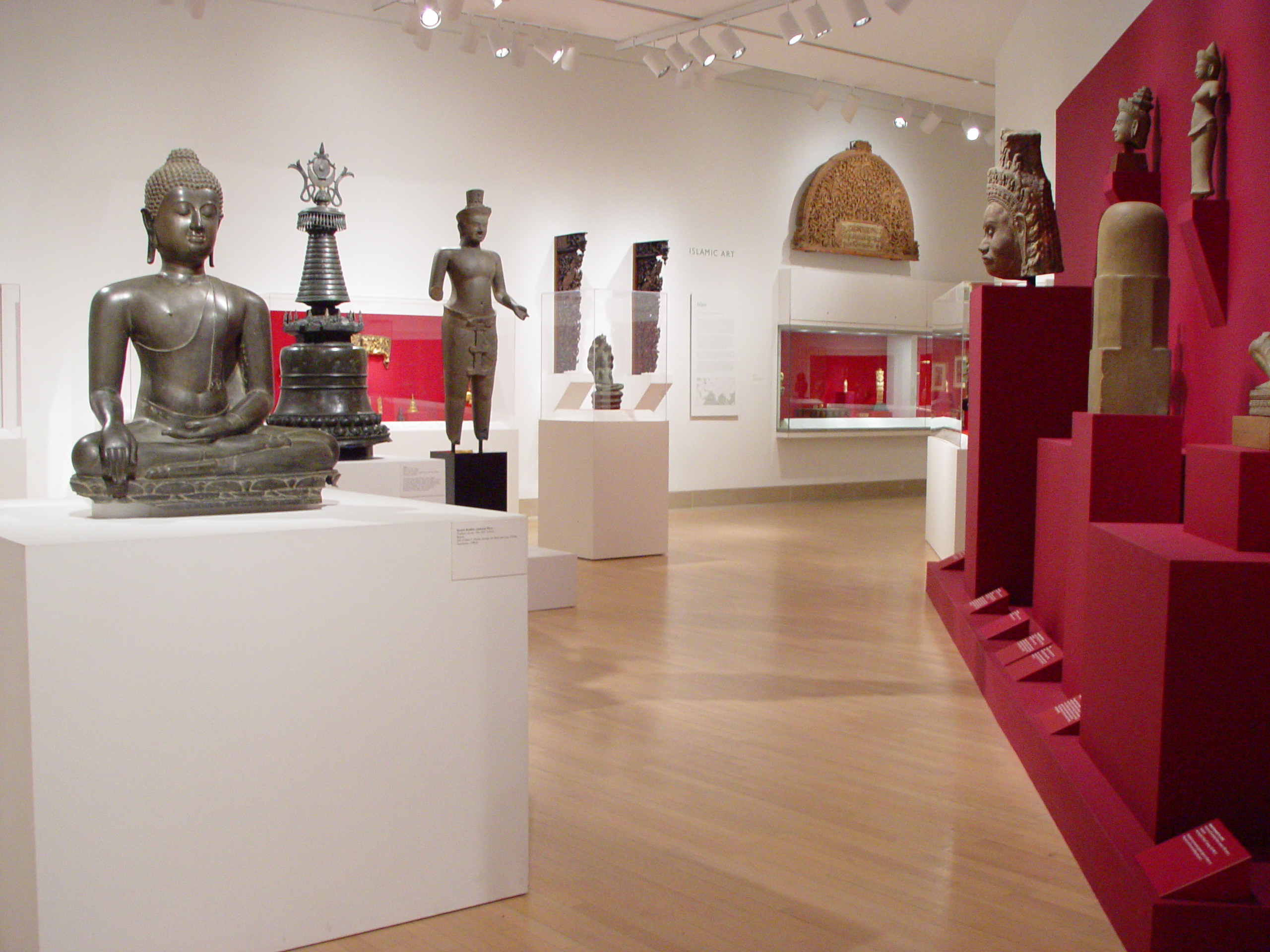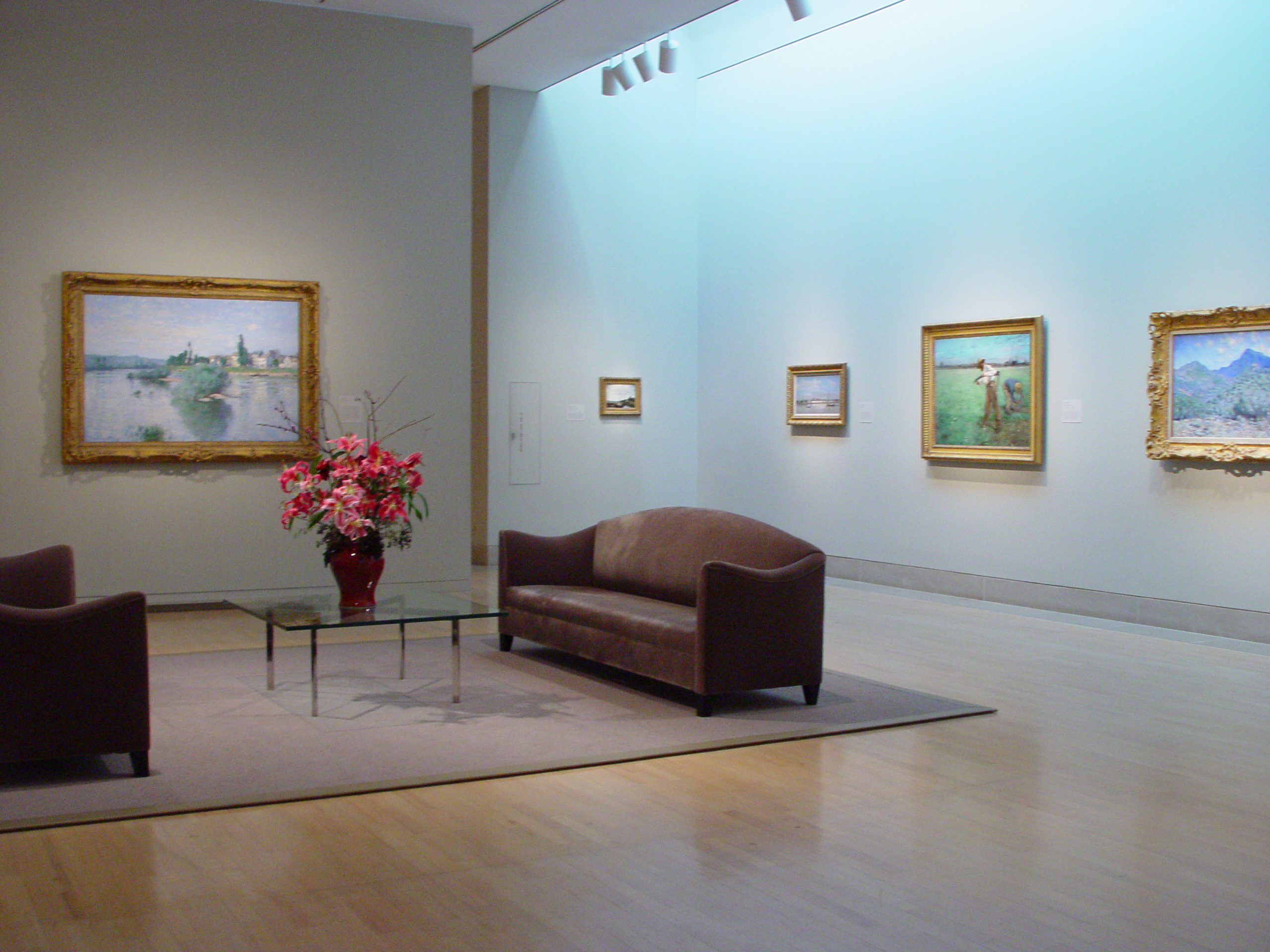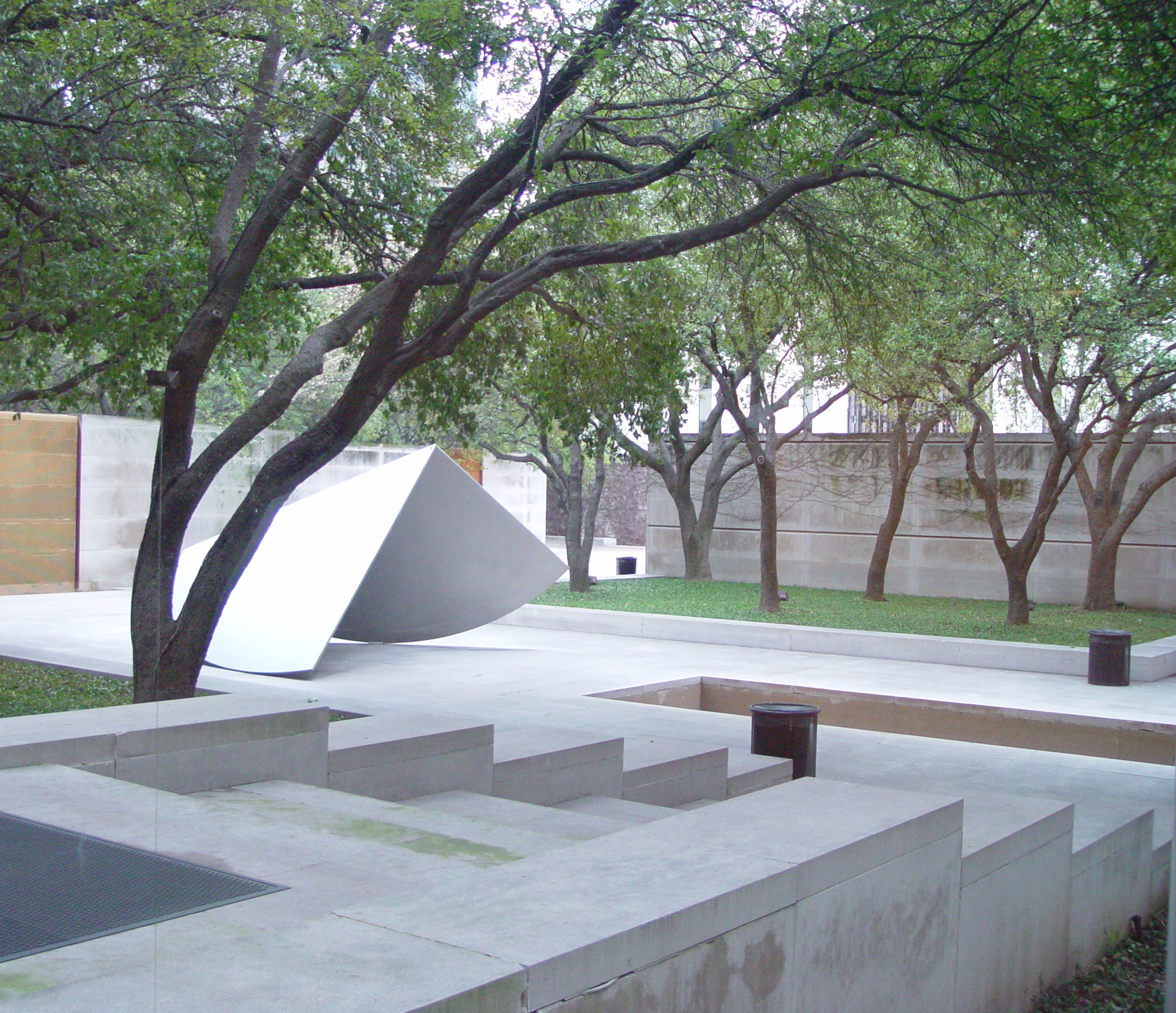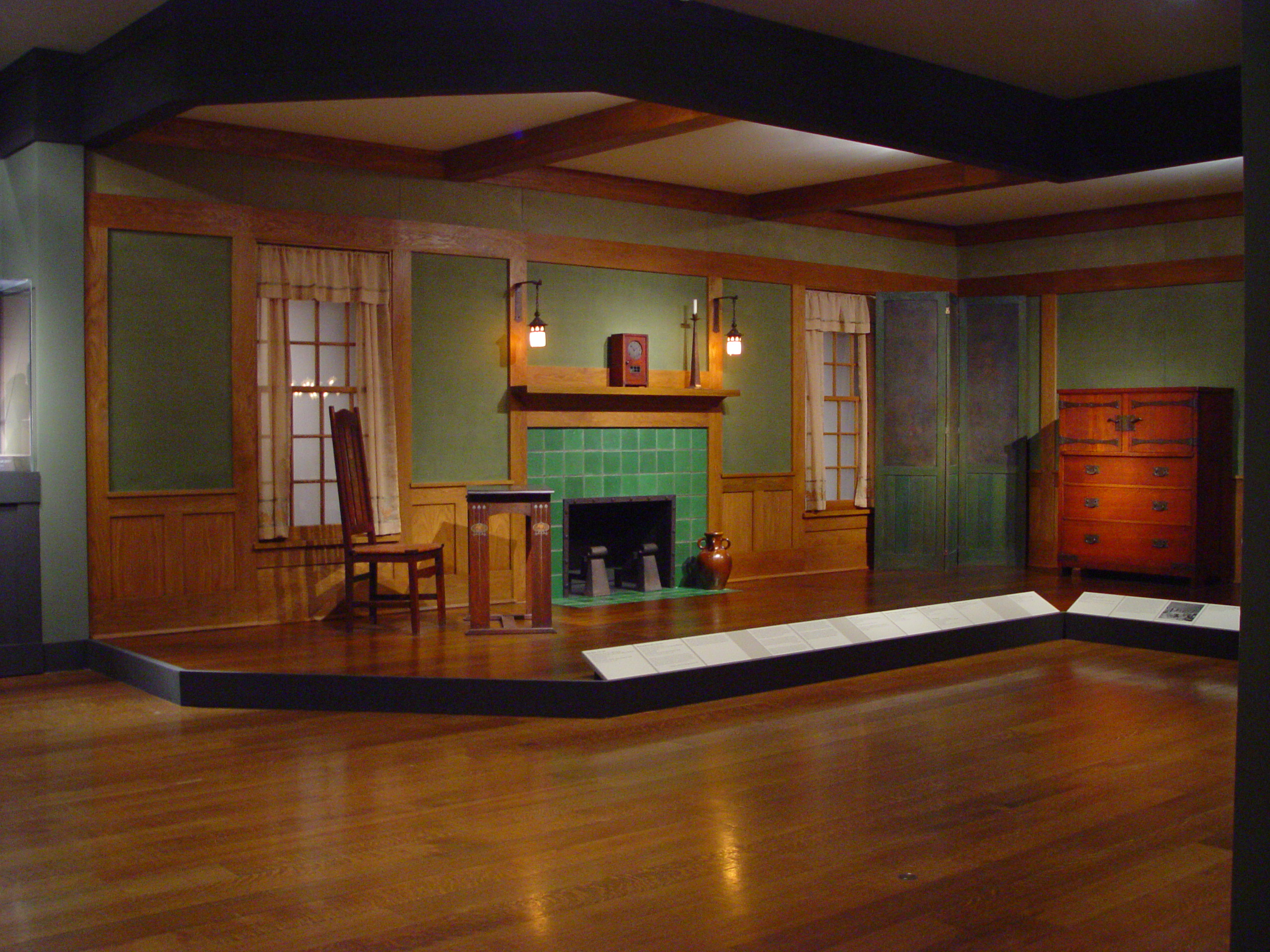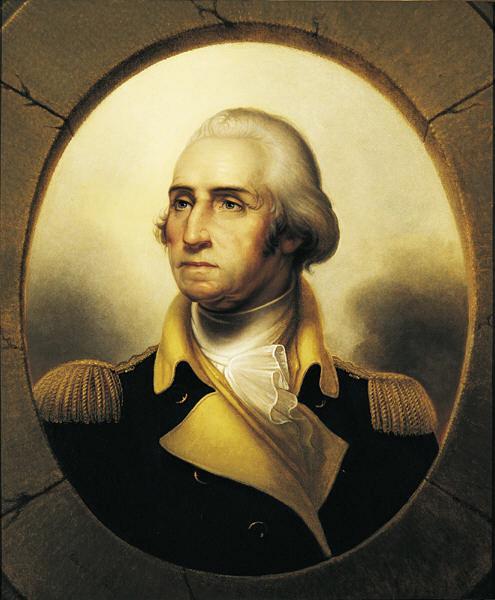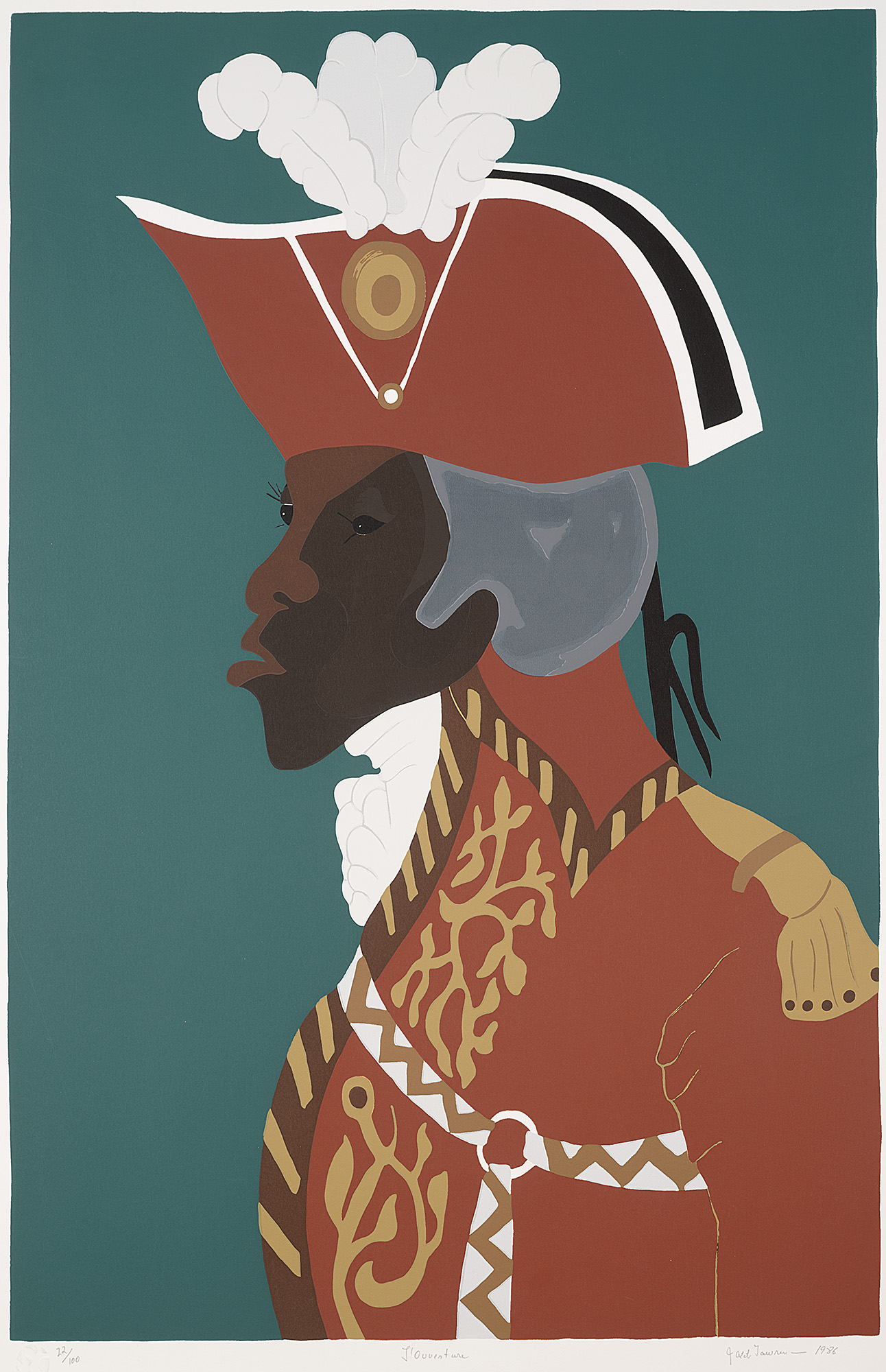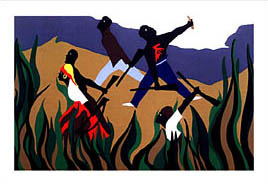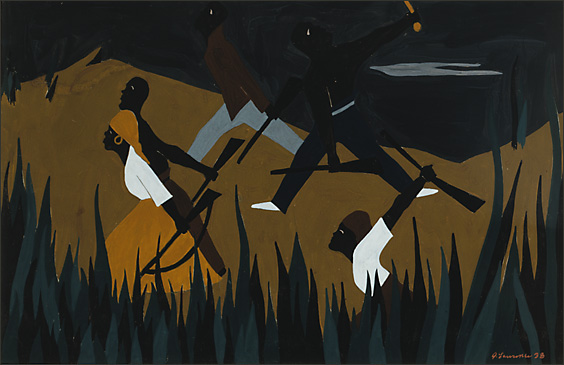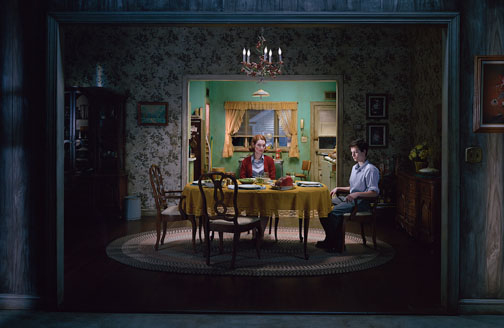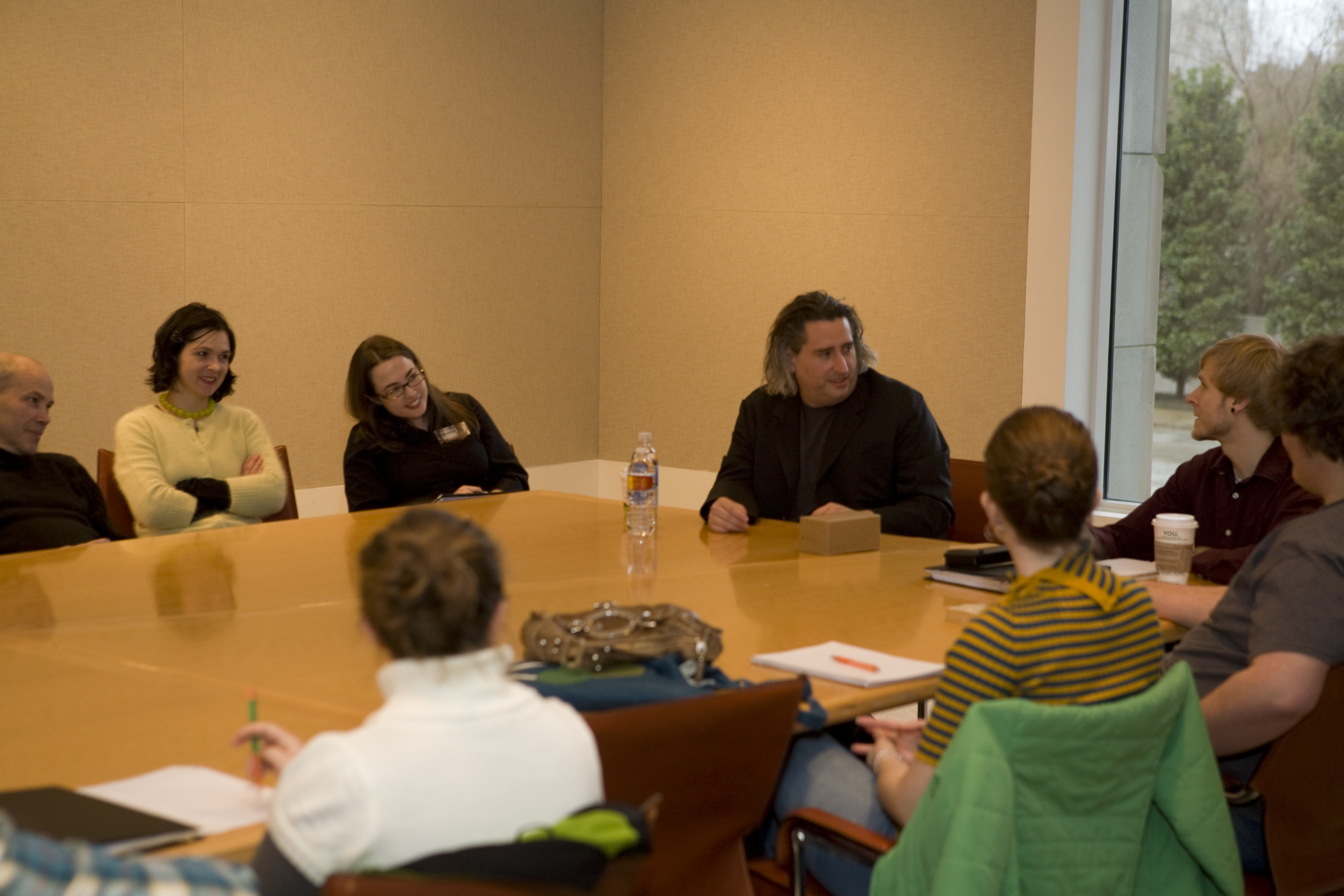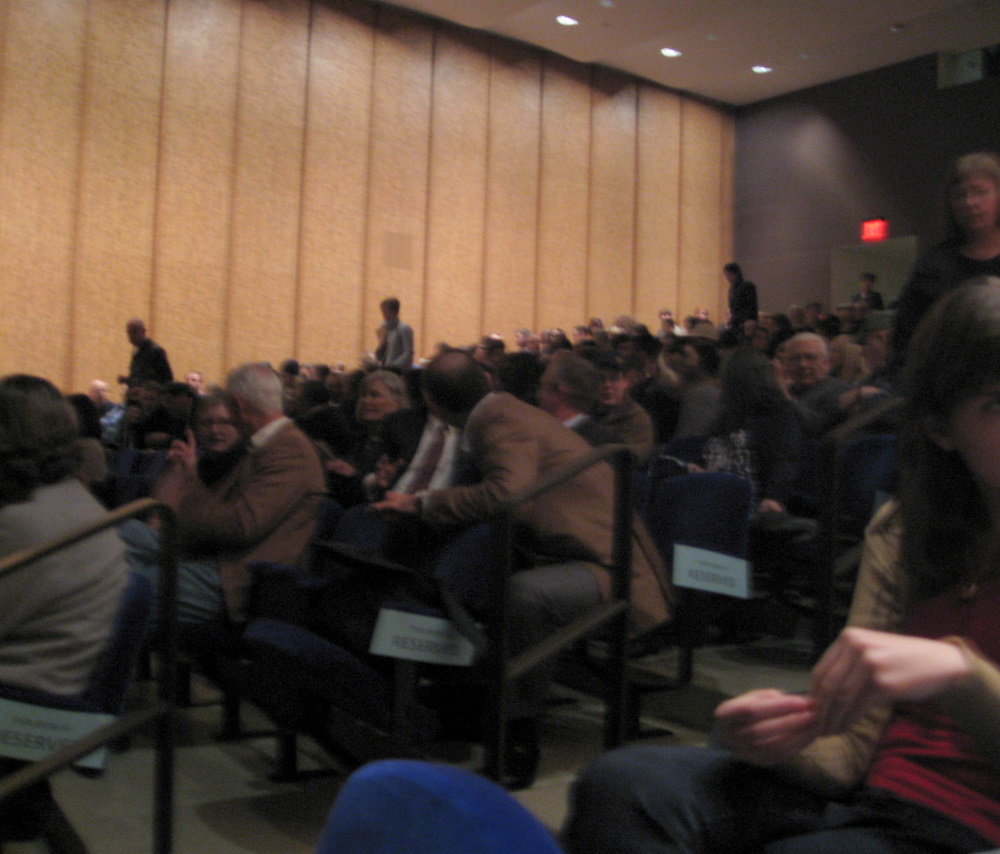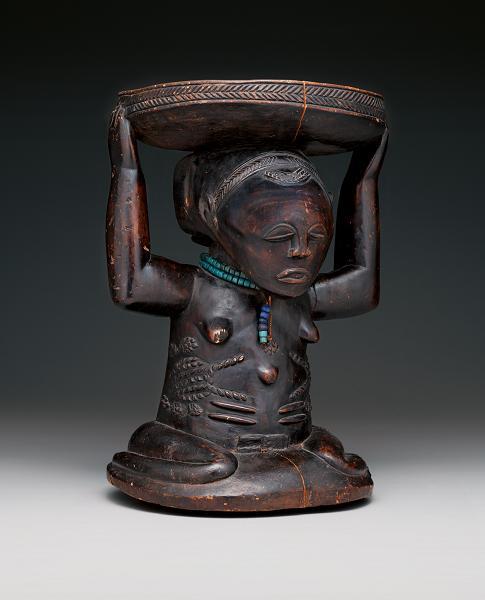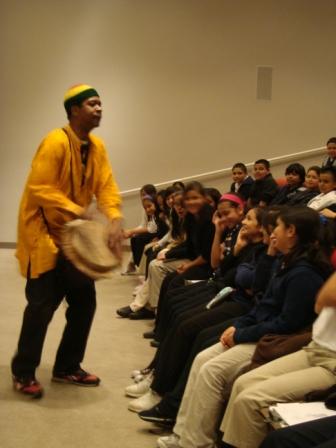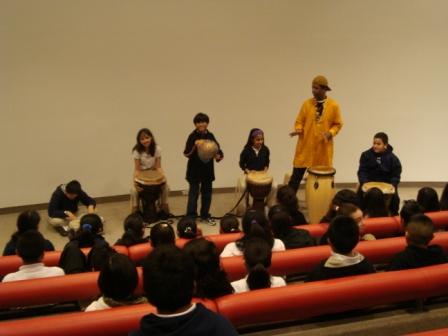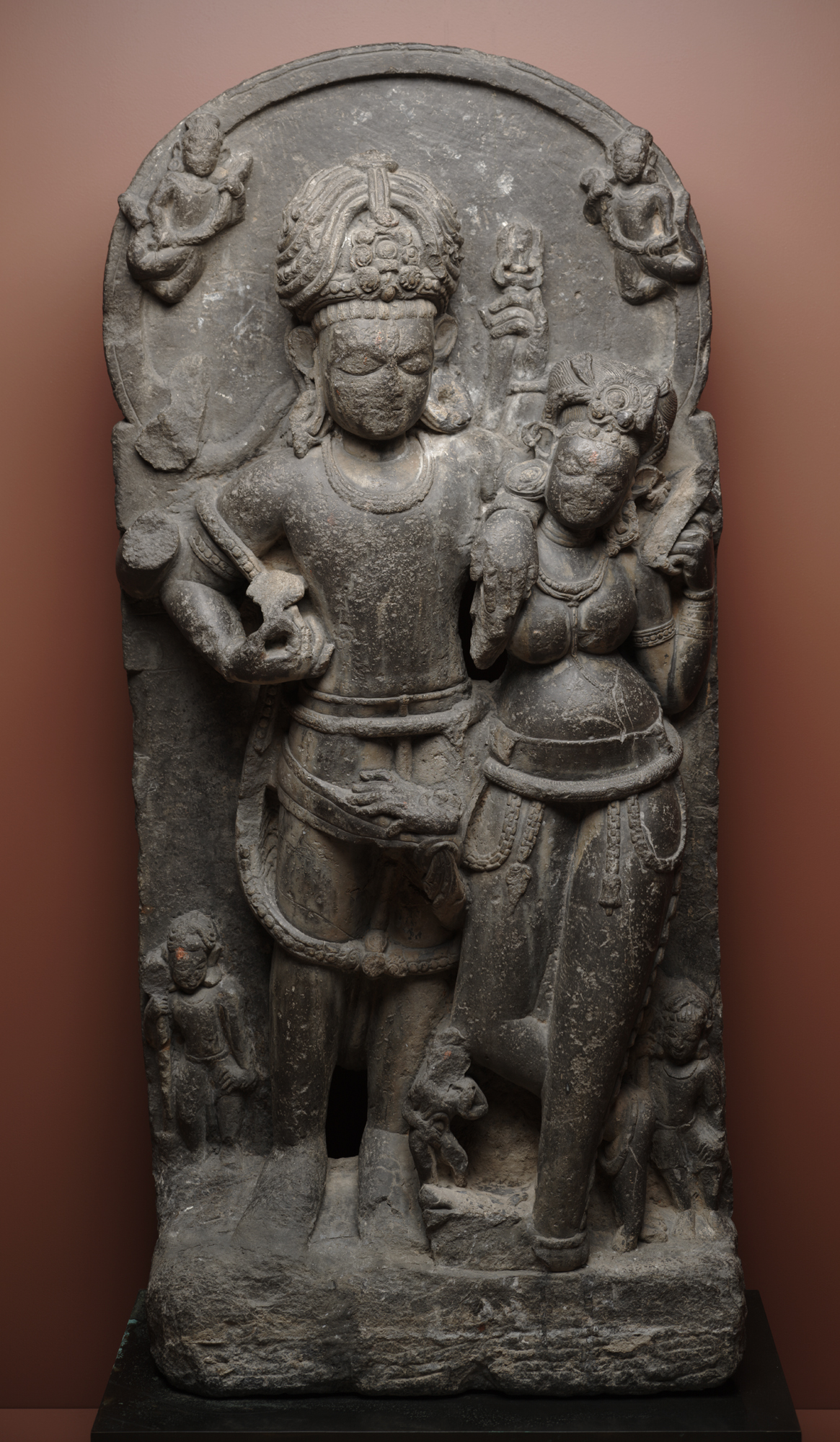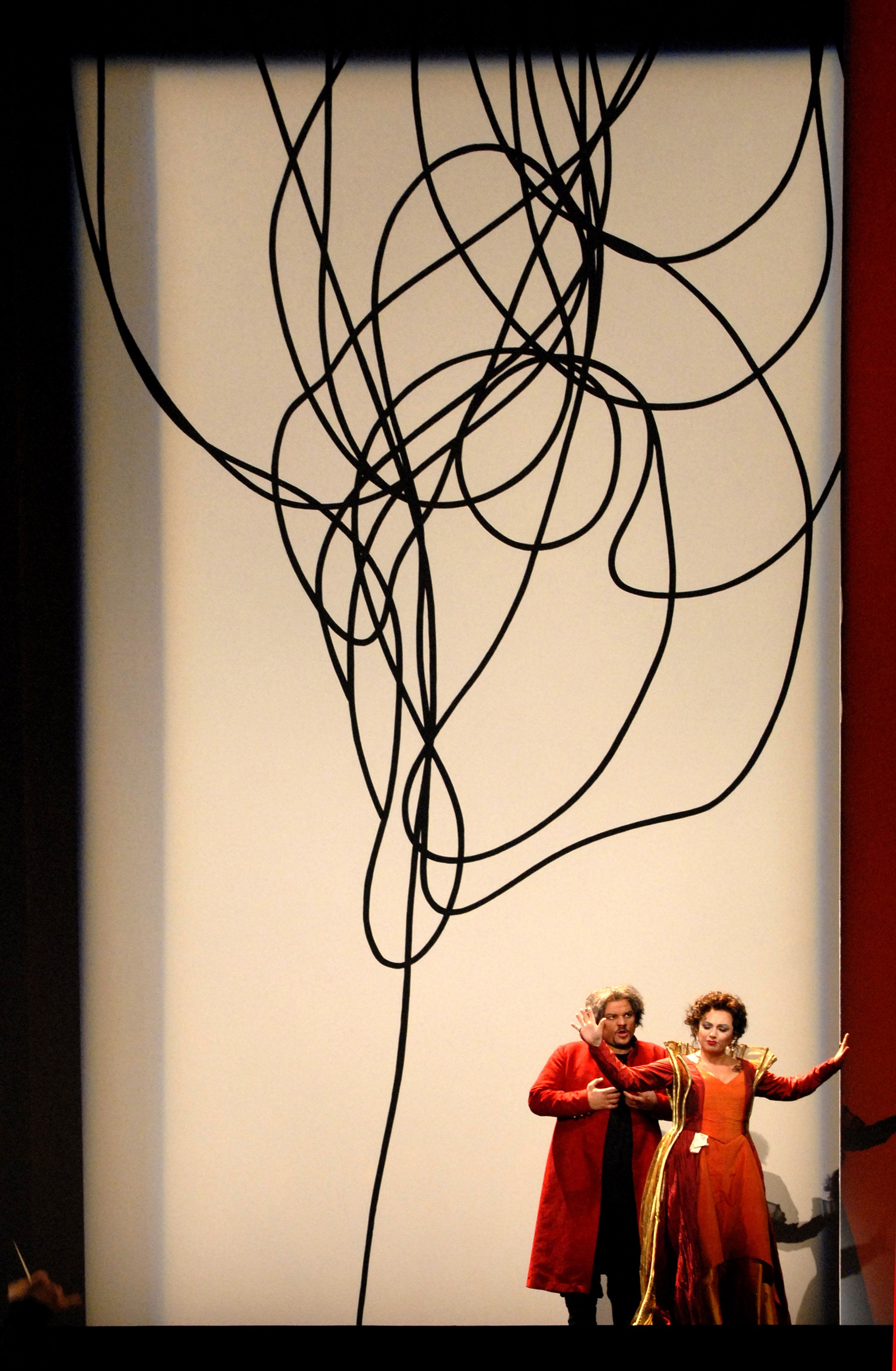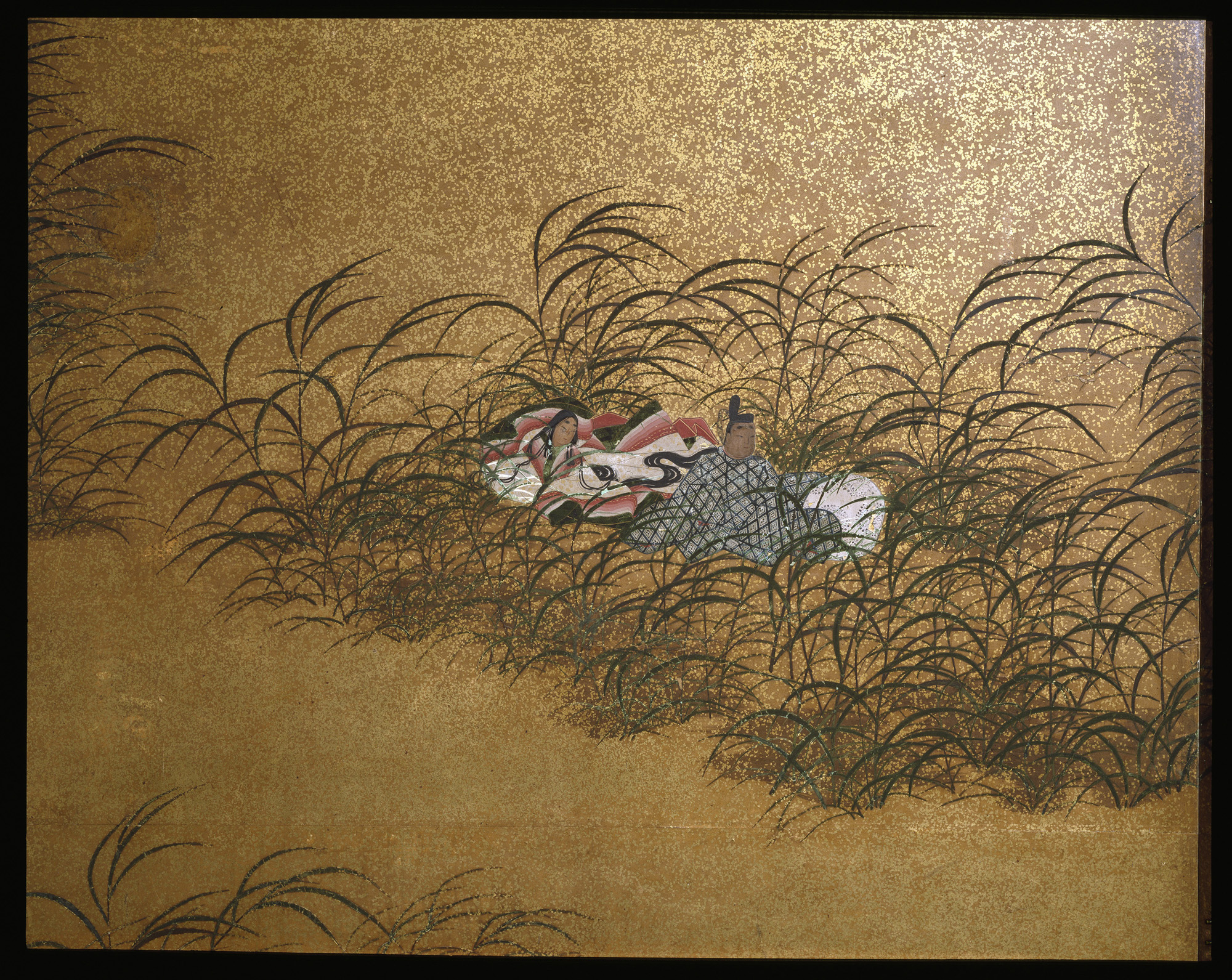I recently interviewed Amanda Blake, Manager of Family Experiences and Access Programs, about her position here at the Museum. Amanda has given insight into Family Programs occurring this spring. I hope you enjoy reading about her job and upcoming events for families. To keep connected with programs for families at the DMA, visit We Art Family! The DMA Family Blog.
Name and Title: Amanda Blake, Manager of Family Experiences and Access Programs
Years Employed at the Dallas Museum of Art: 3
Describe your job here at the Museum:
I create programming to help families learn about art together, explore their own creativity, and have fun together. Some of these programs include weekend activities like Studio Creations, Collection Connections, and Sketching in the Galleries for Kids. We have Family Celebrations, which are fun days for families at the Museum and are often focused on special exhibitions. Another exciting program that I get to be a part of is Late Night programming for families. I manage the summer art camps, spring break programming, and the newly added monthly class for homeschool families. Recently, I have begun to create programs for visitors with special needs.
What is your favorite part of your job?
One of my favorite parts of my job is getting to be in the galleries with children talking about works of art. I also love to see all of the creative things that kids create during summer art camp. I led a monthly program with a group of adults from the Arc of Dallas; they are definitely one of my favorite groups to work with – the group is so joyful and always full of great ideas and inspiring thoughts. The people I work with also make my job enjoyable; we have so much fun together.
Tell me about a memorable experience you had with someone participating in a Family Programs event.
October is the Art Beyond Sight Awareness month and Art Education for the Blind encourages institutions all over the world to participate by highlighting visual awareness. Last October, I invited John Bramblitt, a blind painter from Denton, to lead workshops for both blind and sighted visitors. John brought his paintings to share with the public and then taught a workshop challenging sighted people to paint blindfolded. John and his wife prepared four different paint colors by mixing them with different textures mixed in and brought paper with their own designs that they had created with puffy paint. Visitors could feel the puff-paint line designs and then feel the paint to determine the colors that they wanted to use. Families with children who had vision impairment attend the event and talked about how it was the first time that they could “see” to paint. While working with John, I discovered what an amazing person he is and am planning to work with him more this summer!
What are some highlights for Family Programs this spring?
We have several Family Celebrations this spring and are busy preparing for our full summer of programming.
Some highlights include:
Young Masters: Advanced Placement Student Art Competition
February 27 – April 18, 2010, Concourse
This annual juried exhibition is funded by the O’Donnell Foundation. The exhibition showcases the talent of local high school students in the Advanced Placement art classes.
Autism Awareness Day Family Celebration
April 3, 2010, 9:00 – 11:00 a.m.
April is National Autism Awareness Month, and the Dallas Museum of Art is having a special free Family Celebration designed just for children on the Autism Spectrum and their families. Visit the Museum’s Center for Creative Connections and participate in special programming before the Museum opens to the public.
Pre-registration is required, space is limited. For more information or to register for the event, please email your name, phone number, and the number of people in your family who will attend to: ablake@DallasMuseumofArt.org or call 214.922.1251.
Amy Wolf
Teaching Programs Coordinator
